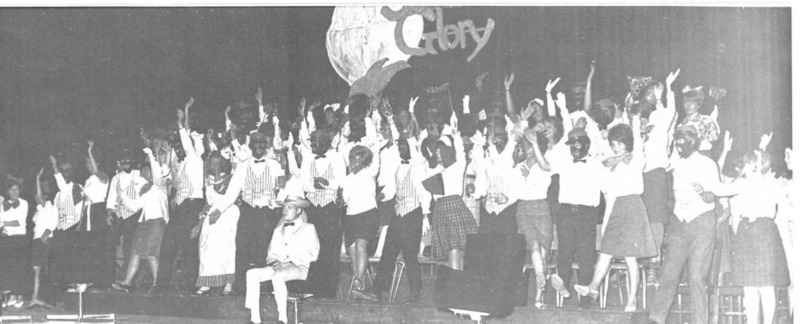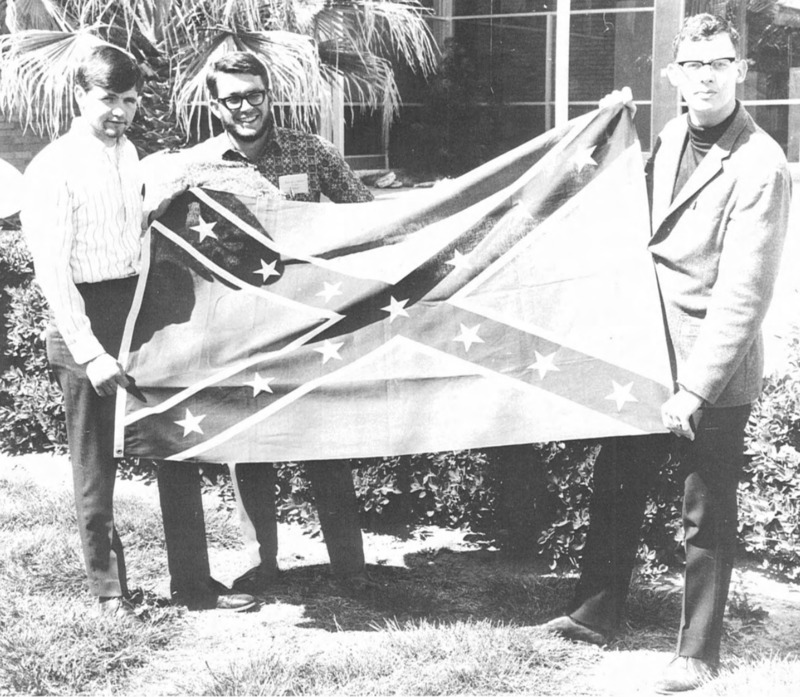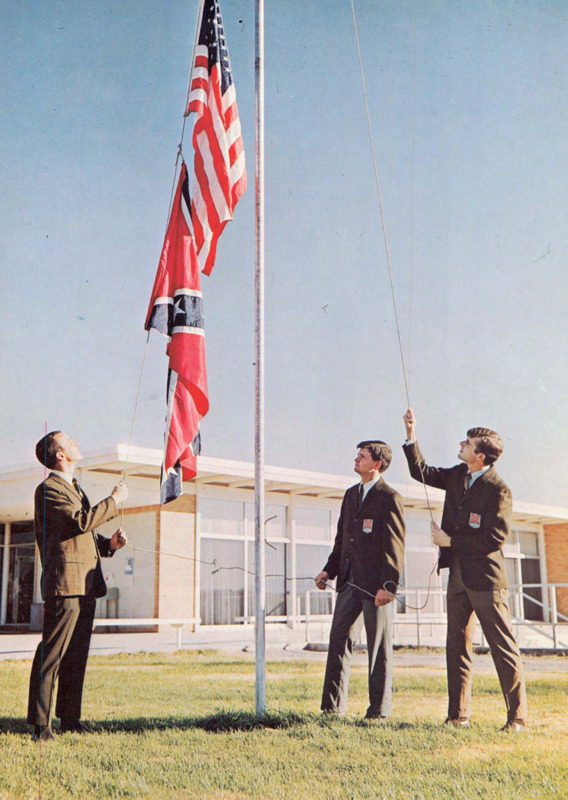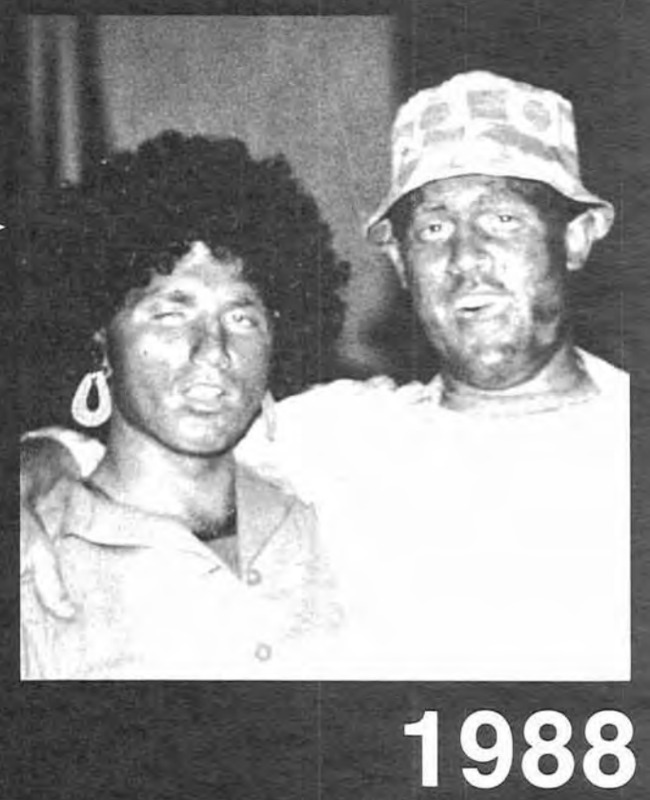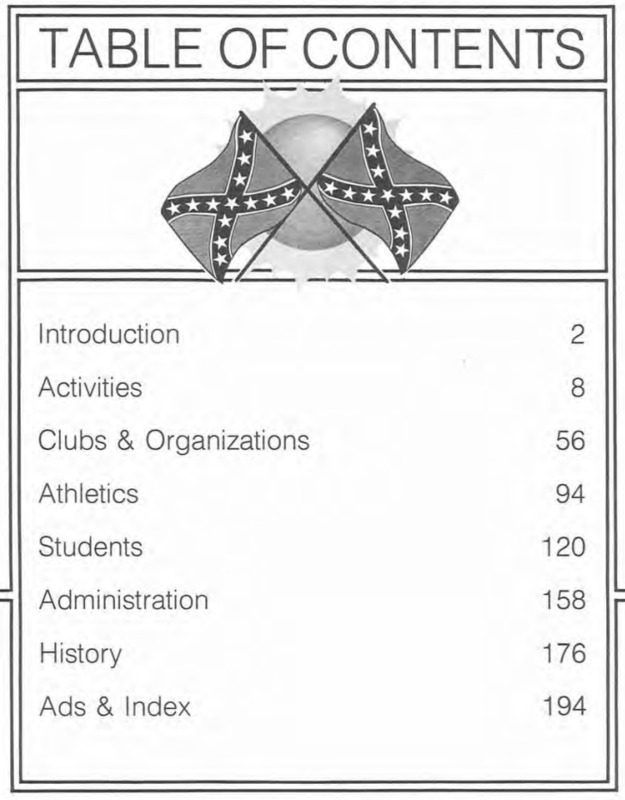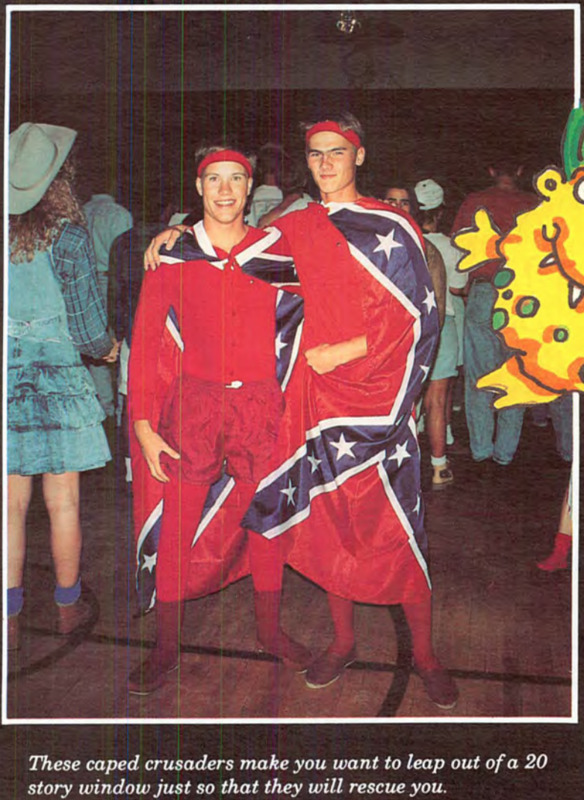The Confederate Connections of Dixie State University

A Dixie State University alumni said, “I have been asked in each of my 7 post-grad interviews, ‘Where is Dixie?’” After all, who could know it was in southern Utah?
“The name ‘Dixie’ is one of those distinctive things about this part of Utah,” historian Andrew Karl Larson wrote in his 1962 history of the Virgin River Basin of southern Utah. “It is a name much used, indeed overused, it would seem to the casual visitor. Businesses use it; its newspapers have been called after it; its junior college is named for it.”
As of 2021, that “junior college” is Dixie State University—though likely not for much longer.
In the mid-nineteenth century, members of The Church of Jesus Christ of Latter-day Saints grew cotton in southern Utah as part of a Church project to make Utah economically self-sufficient. Although the majority of settlers were from the northeastern United States, a community lore developed claiming many were from the American South, including former slave owners and overseers, chosen because they were familiar with cultivating cotton. The settlers dubbed the region “Dixie,” allegedly in reference to the similarly sunny, cotton-growing South. During the Civil War, although Church prophet Brigham Young assured the United States that “Utah has not seceded, but is firm for the Constitution,” a small number of Dixie settlers sympathized with their namesake. For example, local bishop Robert Dockery Covington rejoiced when he heard about Confederate victories. In a similarly sectional spirit, in April 1868—during Reconstruction—local newspaper Our Dixie Times ridiculed a Republican senator for “vot[ing] for negro equality.”
The “junior college” was founded in 1911 as Dixie Academy. In 1916 it became Dixie Normal College and later Dixie College, even though school founder and trustee Edward Hunter Snow seemed unlikely to be a Confederate sympathizer. Snow was a northerner, and when he had preached as a Latter-day Saint missionary in the South years earlier, the Ku Klux Klan threatened to kill him.
However, after Snow’s death in 1932, the campus community increasingly used “Dixie” to mean more than cotton and sunny skies. In 1952, Dixie College changed its mascot from “the Flyers” to “Rodney the Rebel.” In 1959, the community embraced the Confederate battle flag as a secondary school symbol. Then, in 1966, the yearbook’s name changed from The Dixie to The Confederate.
For the rest of the century, student costumes, activities, and displays made light of slavery and embraced the Confederacy. Students wore blackface as late as the 1990s and organized “slave days” and mock slave auctions. Confederate battle flags adorned school spirit imagery. These ongoing embraces of the Dixie-Confederate connection paralleled the broader mid-twentieth-century Dixiecrat campaign against the Civil Rights Movement.
The school began moving away from Confederate imagery when it retired the battle flag as a school emblem in 1994. In 2005, it replaced Rodney the Rebel as a mascot, and it officially dropped the “Rebels” nickname in 2007 in favor of becoming the Red Storm and later the Trailblazers.
Yet the Dixie name stayed. When the college transitioned into a university, the board of trustees voted unanimously on January 13, 2013 to name the school Dixie State University, despite growing grassroots interest in dropping “Dixie.” Multiple donors said they would withdraw funding if “Dixie” wasn’t in the name, and chairman Steve Caplin insisted, “No one on this board or in this administration is aware of any racial discrimination in our past.”
Jeanetta Williams, president of the Salt Lake City chapter of the NAACP and a Black woman, was stunned. “Have they not seen all the blackface, the mock slave auction?” she asked.
In 2020, pressure again mounted against the name during a nationwide reckoning on racial justice, and the university commissioned an impact study on “Dixie.” Released on December 13, the study revealed that over a third of out-of-state prospective students believed the Dixie name hurt the university’s reputation. Some expressed discomfort with the idea of wearing Dixie State memorabilia. The next day, the board of trustees voted unanimously to recommend the university change its name.
Authorizing a name change fell to Utah’s state legislature, but some representatives and members of the community were reluctant, and others were hostile. While the legislature and community deliberated, the university’s Student Executive Council wrote an op-ed pleading for a new name. They quoted an anonymous alumni who reported,
I have been asked in each of my seven post-grad interviews, ‘Where is Dixie?’ …My first day at each of [three] jobs has been explaining the Dixie name as quickly as possible and only getting neutral or negative responses.
On March 4, Utah’s legislature finally passed a bill authorizing a name change, and on March 16 Governor Spencer Cox signed the bill into law. On June 14, 2021, a university committee recommended “Utah Polytechnic State University” as a new name, but community backlash was nearly immediate and trenchantly hostile to a name some argued was too reminiscent of nineteenth-century polygamy. By June 29, the committee withdrew its polytechnic suggestion and instead proposed “Utah Tech University,” which the university decided to move forward with, pending approval from the Utah state board of higher education, legislature, and governor.
After more than a century, the name “much used, indeed overused,” would be used one time less.
Images

